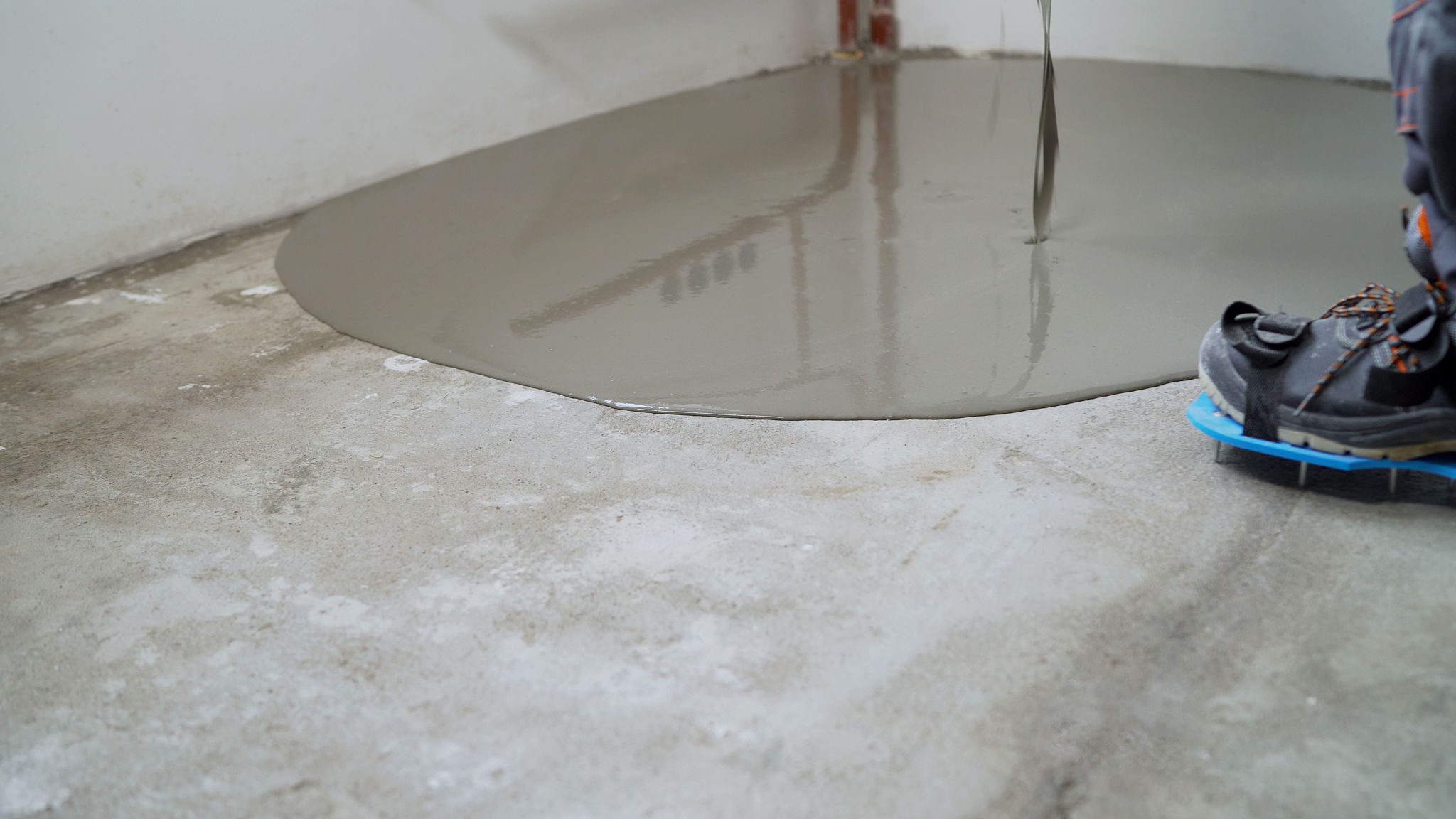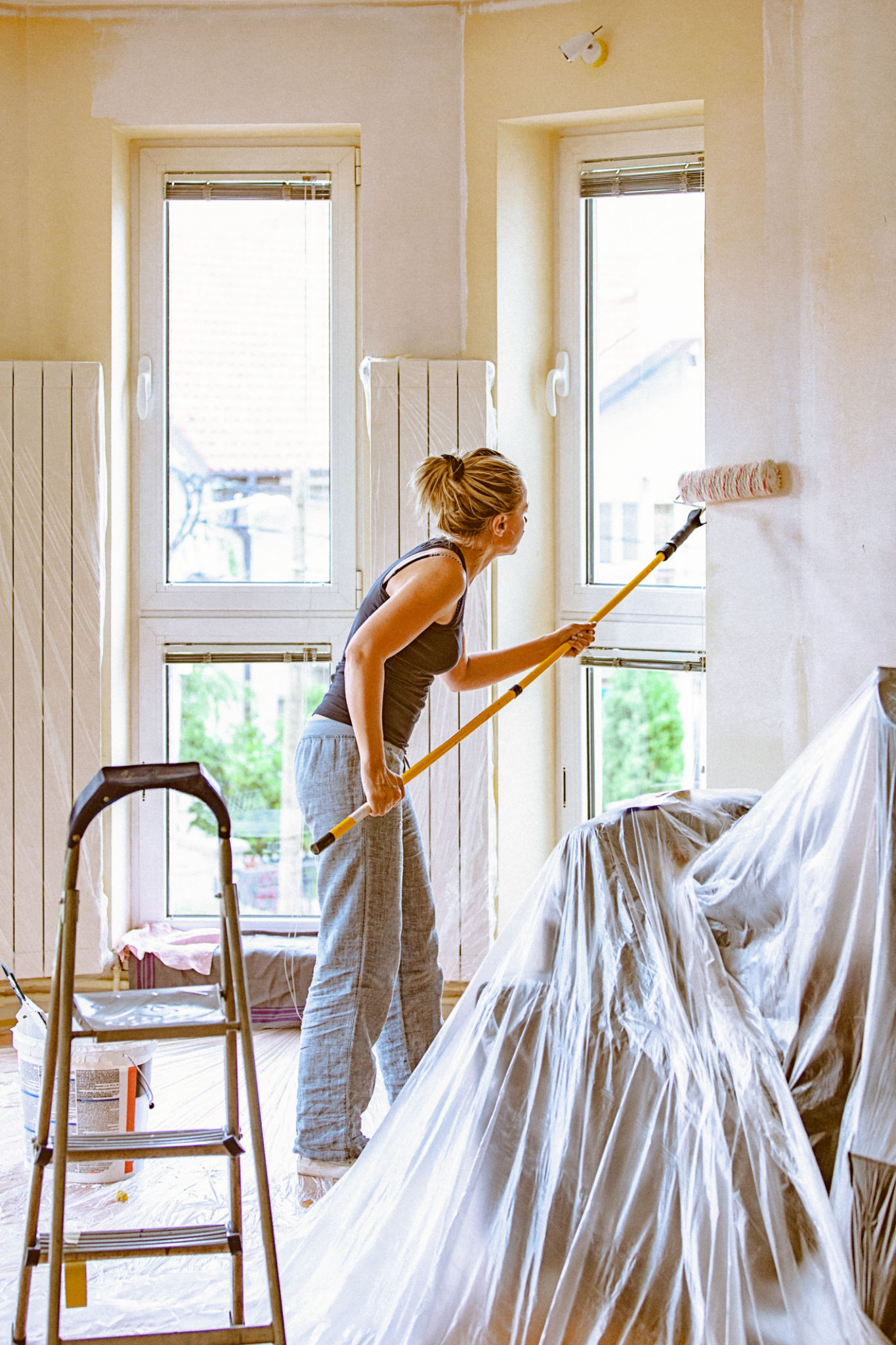Common Painting Mistakes and How to Avoid Them
Introduction
Painting can be a rewarding and transformative home improvement project, but it’s not without its pitfalls. Many enthusiastic DIY painters start with good intentions but end up making common mistakes that can detract from the final result. In this post, we'll explore some of these common painting mistakes and provide tips on how to avoid them for a professional-looking finish.
Skipping Surface Preparation
One of the most frequent errors is neglecting proper surface preparation. Skipping this step can lead to peeling and uneven paint. Before you start painting, ensure the surface is clean, dry, and free of any old paint flakes, dust, or grease.
Use sandpaper or a scraper to smooth out any irregularities, and apply a primer if the surface requires it. A well-prepared surface is crucial for the paint to adhere properly and last longer.

Using the Wrong Type of Paint
Choosing the wrong type of paint can result in a poor finish and may even require repainting sooner than expected. It’s important to select the right paint for the surface and environment. For instance, use oil-based paint for high-moisture areas like bathrooms and kitchens, while latex paint is suitable for most other areas.
Consult with a professional or refer to the paint manufacturer’s guidelines to ensure you’re using the correct type of paint for your project.
Not Using Painter's Tape
Painter's tape is an essential tool for creating clean and crisp lines. However, some DIYers skip this step, resulting in messy edges and a less professional look. Apply painter's tape along the edges where different colors or surfaces meet to achieve a sharp line.
Ensure the tape is properly adhered to prevent paint from seeping underneath. Remove the tape while the paint is still slightly wet to avoid peeling off any dried paint.

Ignoring the Importance of Primer
Primer is often overlooked but plays a significant role in the painting process. Primer helps to seal the surface and provides a uniform base for the paint to adhere to, enhancing the paint's durability and appearance.
Always use a primer when painting over a dark color, dealing with new drywall, or when the surface has stains. Investing a little extra time in priming can save you from future headaches.
Overloading the Brush or Roller
Applying too much paint to your brush or roller can lead to drips, uneven coverage, and a longer drying time. To avoid this, dip your brush or roller lightly into the paint and use the tray to remove excess paint.
Applying multiple thin coats is preferable to one thick coat. This approach ensures even coverage and a smoother finish.

Rushing the Job
Patience is key to achieving a quality paint job. Rushing through the process can result in mistakes such as missed spots, uneven coats, and improper blending. Allocate enough time for each step, from preparation to drying, to ensure the best results.
Remember, allowing adequate drying time between coats is essential for a durable and professional-looking finish.
Conclusion
Avoiding these common painting mistakes can transform your DIY project into a success. By preparing properly, choosing the right materials, and taking your time, you’ll achieve a beautifully painted space that enhances the look and feel of your home. Happy painting!